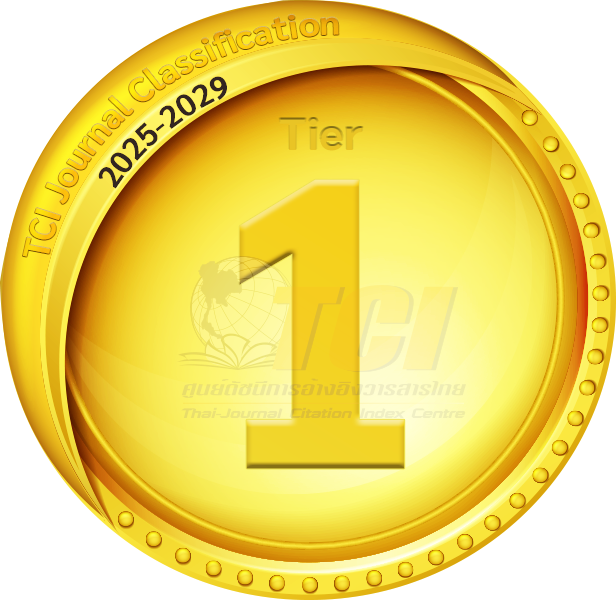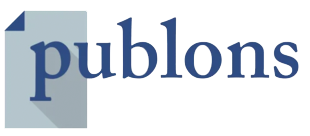AI-Driven Detection of Tomato Leaf Diseases for Sustainable Agriculture
Abstract
Keywords
[1] V. Pandiyaraju, A. M. S. Kumar, J. I. R. Praveen, S. Venkatraman, S. P. Kumar, S. A. Aravintakshan, A. Abeshek, and A. Kannan, “Improved tomato leaf disease classification through adaptive ensemble models with exponential moving average fusion and enhanced weighted gradient optimization,” Frontiers in Plant Science, vol. 15, 2024, Art. no. 1382416.
[2] H. Mewada, L. S. Sundar, M. Desai, and N. Mohammed, “Harnessing transdisciplinary knowledge: Integrated deep learning techniques for accurate tomato leaf disease classification,” Transdisciplinary Journal of Engineering & Science, vol. 15, 2024, doi: 10.22545/2024/ 00264.
[3] K. M. V. Anandh, A. Sivasubramanian, V. Sowmya, and V. Ravi, “Multiclass classification of tomato leaf diseases using convolutional neural networks and transfer learning,” Journal of Phytopathology, vol. 172, no. 6, 2024, Art. no. e13423.
[4] S. P. Mohanty, D. P. Hughes, and M. Salathé, “Using deep learning for image-based plant disease detection,” Frontiers in Plant Science, vol. 7, pp. 1419–1429, 2016, doi: 10.3389/fpls. 2016.01419.
[5] K. P. Ferentinos, “Deep learning models for plant disease detection and diagnosis,” Computers and Electronics in Agriculture, vol. 145, pp. 311–318, Feb. 2018, doi: 10.1016/j.compag.2018.01.009.
[6] S. Zhang, S. Zhang, T. Huang, W. Gao, and Y. Qiao, “Plant disease recognition based on plant leaf image,” Journal of Cleaner Production, vol. 270, Oct. 2020, Art. no. 124432.
[7] Y. Lu, S. Yi, N. Zeng, Y. Liu, and Y. Zhang, “Identification of rice diseases using deep convolutional neural networks,” Neurocomputing, vol. 267, pp. 378–384, Dec. 2017, doi: 10.1016/ j.neucom.2017.06.023.
[8] A. Fuentes, S. Yoon, S. Kim, D. Park, and K. Sena, “A robust deep-learning-based detector for real-time tomato plant diseases and pests recognition,” Sensors, vol. 17, no. 9, pp. 2022–2038, Sep. 2017, doi: 10.3390/s17092022.
[9] E. C. Too, L. Yujian, S. Njuki, and L. Yingchun, “A comparative study of fine-tuning deep learning models for plant disease identification,” Computers and Electronics in Agriculture, vol. 161, pp. 272–279, Jun. 2019, doi: 10.1016/j.compag.2019.03.017.
[10] A. Picon, A. Alvarez-Gila, M. Seitz, A. Ortiz-Barredo, and J. Echazarra, “Deep convolutional neural networks for mobile capture device-based crop disease classification in the wild,” Computers and Electronics in Agriculture, vol. 161, pp. 280–290, Jun. 2019, doi: 10.1016/j.compag.2019.04.002.
[11] S. Sladojevic, M. Arsenovic, A. Anderla, D. Culibrk, and D. Stefanovic, “Deep neural networks-based recognition of plant diseases by leaf image classification,” Computational Intelligence and Neuroscience, vol. 2016, 2016, Art. no. 3289801.
[12] G. Wang, Y. Sun, and J. Wang, “Automatic image-based plant disease severity estimation using deep learning,” Computational Intelligence and Neuroscience, vol. 2020, 2020, Art. no. 2912406.
[13] M. Sibiya and M. Sumbwanyambe, “A computational procedure for the recognition and classification of maize leaf diseases out of healthy leaves using convolutional neural networks,” AgriEngineering, vol. 1, no. 1, pp. 119–131, Mar. 2019, doi: 10.3390/ agriengineering1010009.
[14] M. Brahimi, K. Boukhalfa, and A. Moussaoui, “Deep learning for tomato diseases: Classification and symptoms visualization,” Applied Artificial Intelligence, vol. 31, no. 4, pp. 299–315, 2017, doi: 10.1080/08839514.2017. 1315516.
[15] S. Zhang, X. Wu, and Z. You, “Leaf image-based cucumber disease recognition using support vector machine,” Multimedia Tools and Applications, vol. 78, no. 3, pp. 3511–3523, Feb. 2019, doi: 10.1007/s11042-018-6264-7.
[16] A. Motwani, "Tomato," Kaggle.com, https://www.kaggle.com/datasets/ashishmotwani/tomato (accessed May 14, 2025).
[17] K. He, X. Zhang, S. Ren, and J. Sun, “Deep residual learning for image recognition,” in Proceedings of the IEEE Conference on Computer Vision and Pattern Recognition, pp. 770–778, 2016, doi: 10.1109/CVPR.2016.90.
[18] K. Simonyan and A. Zisserman, “Very deep convolutional networks for large-scale image recognition,” in International Conference on Learning Representations, 2015, doi: 10.48550/ arXiv.1409.1556.
[19] J. Abdulridha, R. Ehsani, and A. I. de Castro, “Evaluating the performance of spectral features and machine learning algorithms in detecting laurel wilt disease and tomato yellow leaf curl disease,” Remote Sensing, vol. 12, no. 4, pp. 626–643, Feb. 2020, doi: 10.3390/rs12040626.
[20] R. Kumar and S. Verma, “Real-time tomato leaf disease detection using YOLOv5 and deep learning,” Computers and Electronics in Agriculture, vol. 213, pp. 108149–108160, Oct. 2024, doi: 10.1016/j.compag.2024.108149.
[21] P. Sharma and K. Reddy, “A hybrid deep learning approach for tomato plant disease recognition using CNN-RNN,” Neural Computing and Applications, vol. 35, pp. 12439–12455, Jun. 2023, doi: 10.1007/s00521-023-08345-2.DOI: 10.14416/j.asep.2025.06.007
Refbacks
- There are currently no refbacks.
 Applied Science and Engineering Progress
Applied Science and Engineering Progress







